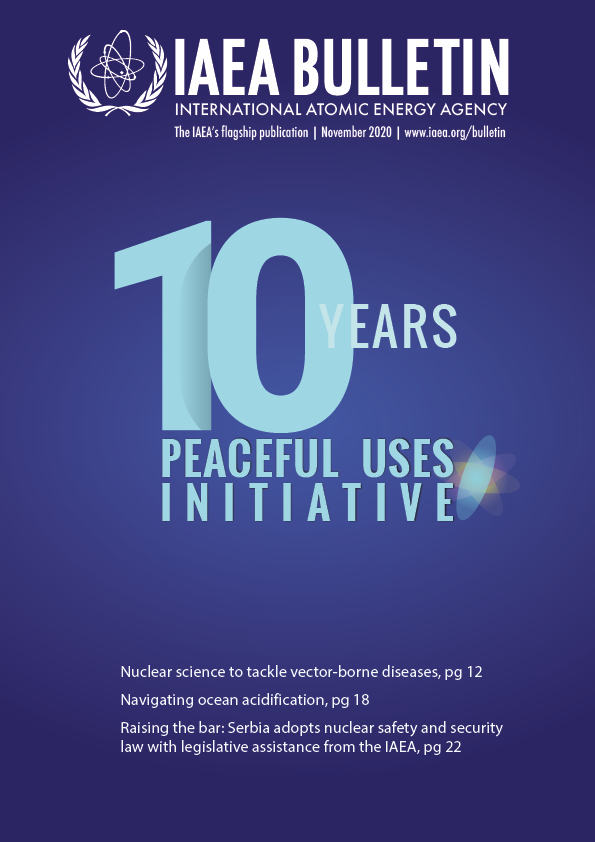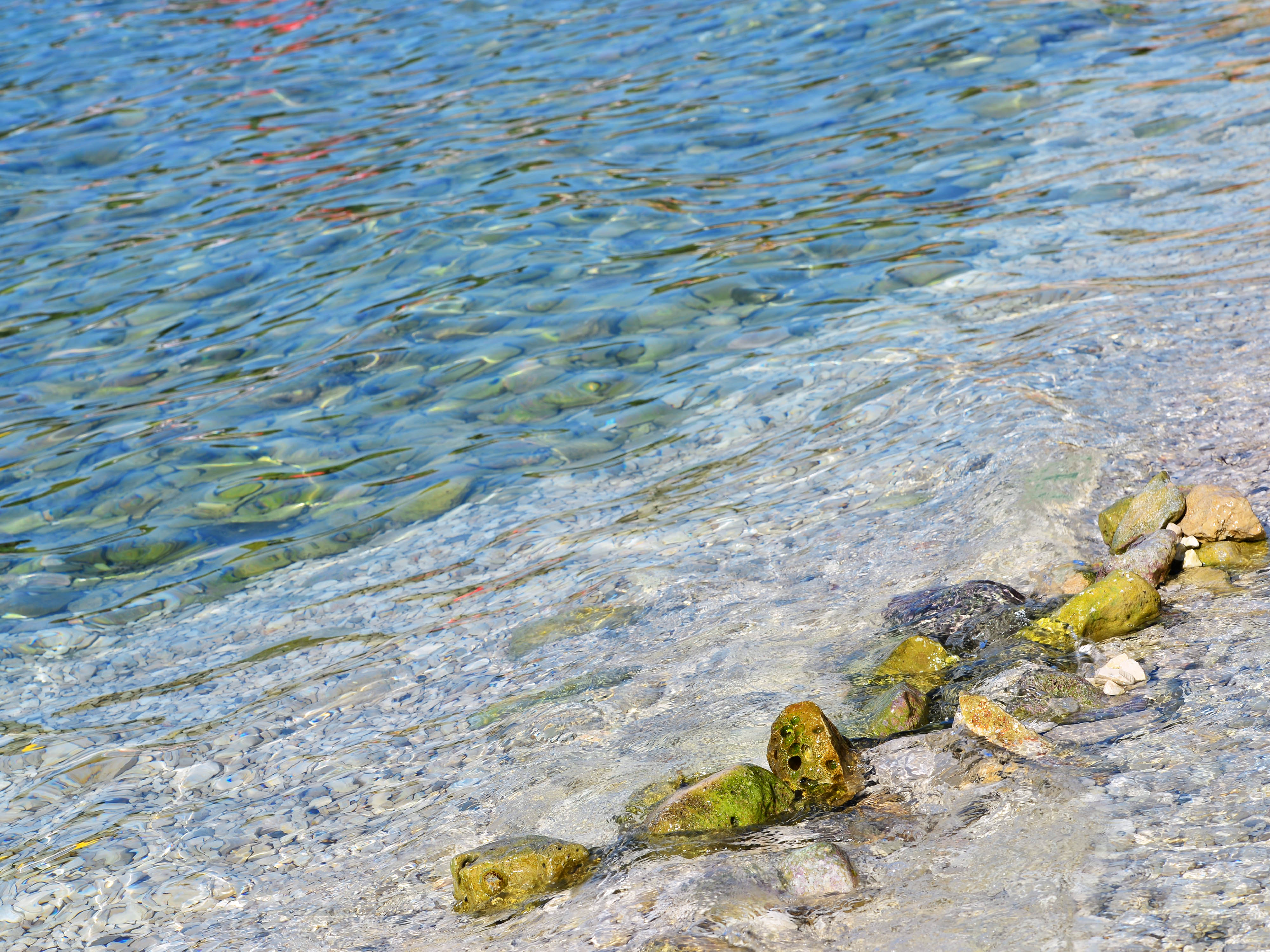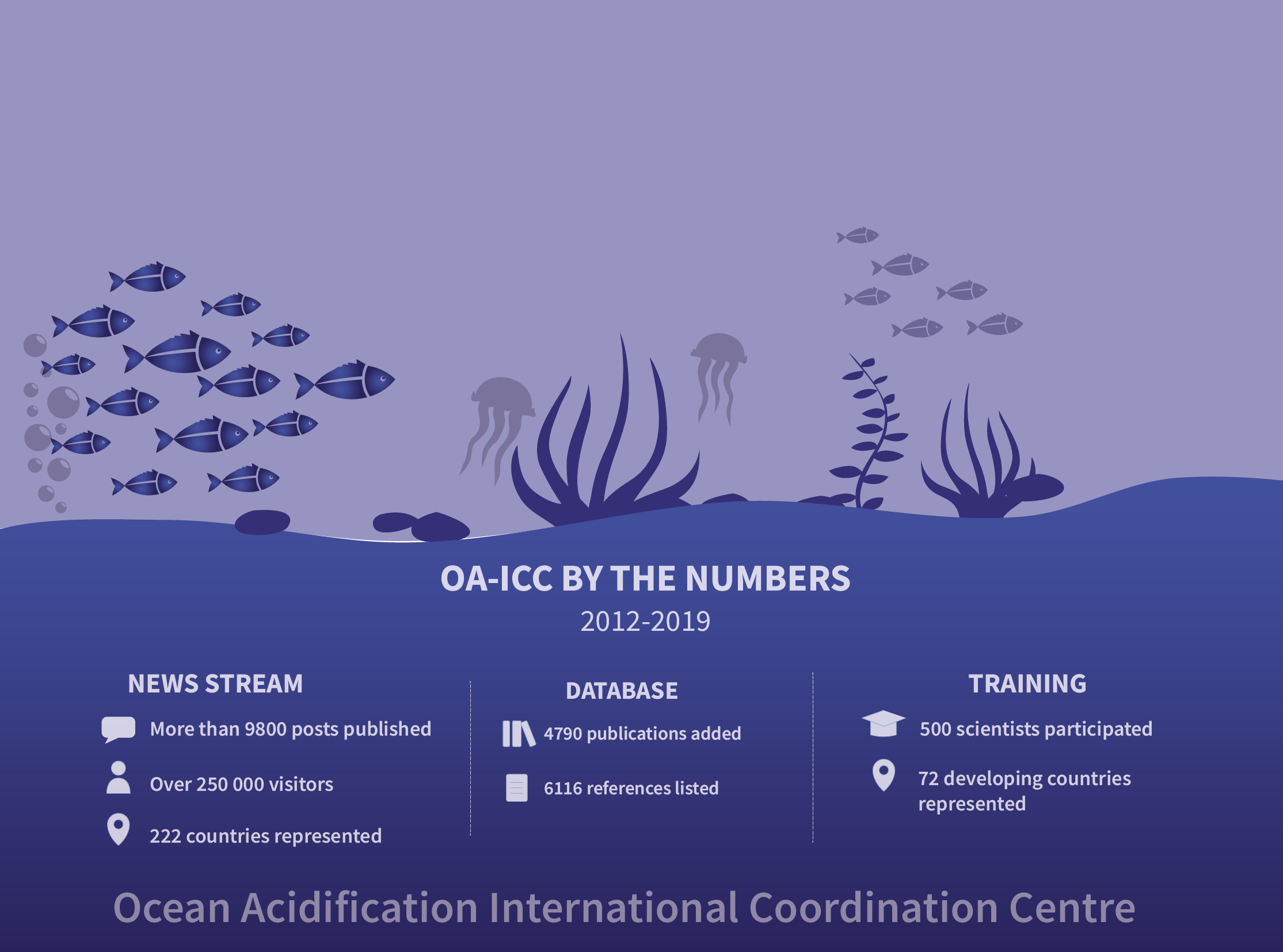Playing a key role in the Earth’s climate and weather systems, as well as in the global carbon cycle, the ocean is an immeasurable force of nature. However, human activities have fundamentally altered the ocean’s chemical composition. Since the late 1980s, 95 per cent of open ocean surface water has become more acidic, a process referred to as ocean acidification. With atmospheric carbon dioxide levels 50 per cent above pre-industrial levels, the problem is getting worse.
“The ocean continuously absorbs about one quarter of the carbon dioxide that is emitted into the atmosphere every year,” said Peter Swarzenski, Head of the IAEA’s Radioecology Laboratory in Monaco. “While this is very good to lessen the deleterious impacts of sustained climate change, it also comes at a steep cost as seawater becomes more acidic.”
The IAEA supports countries around the world in utilizing nuclear and nuclear-derived techniques to develop a science-based understanding of changes in the ocean. In response to growing concerns from the scientific community and governments regarding ocean acidification, the IAEA established the Ocean Acidification International Coordination Centre (OA-ICC) in 2012. Supported by the Peaceful Uses Initiative, it focuses on science, capacity building, outreach and communication about the status and trends of ocean acidification, promoting science-based decision making.


